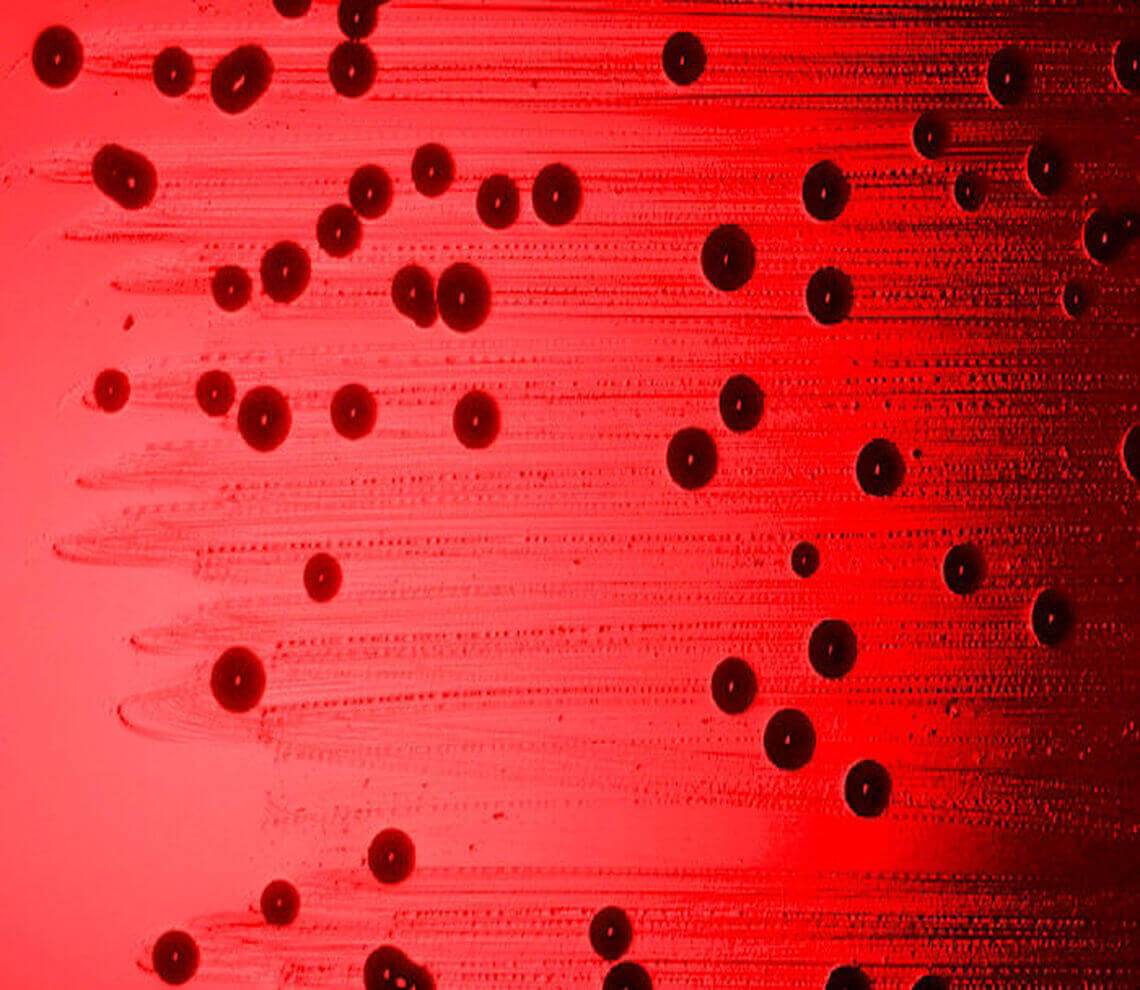- Our Suppliers
- MBS Monoclonals
- Mouse Anti-Melanoma Associated Antigen
Product short description
Price:
409 EUR
Size:
100ug
Catalog no.:
GEN570200
Product detailed description
Gene name
N/A
Gene name synonims
N/A
Concentration
N/A
Other gene names
N/A
Purification method
N/A
Immunoglobulin isotype
IgG1
Clone
NKI-C3
Category
Antibodies
Clonality
Monoclonal
Latin name
Mus musculus
Subcategory
Mnoclonal antibodies
Host organism
Mouse (Mus musculus)
Also known as
Melanoma Associated Antigen
Other names
melanoma-associated antigen; N/A
Form/Appearance
Each vial contains 100 ul 1 mg/ml purified monoclonal antibody in PBS containing 0.09% sodium azide.
Tested applications:
ELISA (EIA), Immunofluorescence (IF), Immunohistochemistry (IHC) (frozen), Immunohistochemistry (IHC) (paraffin)
Storage and shipping
Store the antibody at +4 degrees Celsius., or in small aliquots the antibody should be stored at -20 degrees Celsius..
Species reactivity
Human (Homo sapiens); Due to limited knowledge and inability for testing each and every species, the reactivity of the antibody may extend to other species which are not listed hereby.
Description
This antibody needs to be stored at + 4°C in a fridge short term in a concentrated dilution. Freeze thaw will destroy a percentage in every cycle and should be avoided.Antigens are peptides or recombinant or native dependent on the production method.
Test
Mouse or mice from the Mus musculus species are used for production of mouse monoclonal antibodies or mabs and as research model for humans in your lab. Mouse are mature after 40 days for females and 55 days for males. The female mice are pregnant only 20 days and can give birth to 10 litters of 6-8 mice a year. Transgenic, knock-out, congenic and inbread strains are known for C57BL/6, A/J, BALB/c, SCID while the CD-1 is outbred as strain.
Specificity and cross-reactivity
NKI/C-3 is a MAb which is directed anti a predominantly intracellular protein of Human melanoma cells. The antigen is abundantly present in malignant melanomas, nevocellular nevi, and neuroendocrine tumors, whereas it has not been detectable in most other tissues. The antigen recognized by NKI/C-3 is a glycoprotein which appears as a broad band in SDS-PAGE. The antigen was shown to consist of a single protein backbone to which two or three.V-linked glycans were added cotranslationally. Extensive further heterogeneity was geneRated in the Golgi compartment and was shown to be dependent on the presence of complex type sugars. Although the antigen is associated with melanomas, it was not codistributed with the tyrosinase activity associated with melanogenesis. The antigen did show codistribution with Cathepsin D, which is a marker for lysosomal functions. NKI/C3 originally was described as a marker for melanoma. Recently, it resurfaced as a marker to sepaRate cellular neurothekeoma from other dermal tumors in the differential diagnosis.; Since it is not possible to test each and every species our knowledge on the corss reactivity of the antibodies is limited. This particular antibody might cross react with speacies outside of the listed ones.
© Copyright 2016-Tech News . Design by: uiCookies

